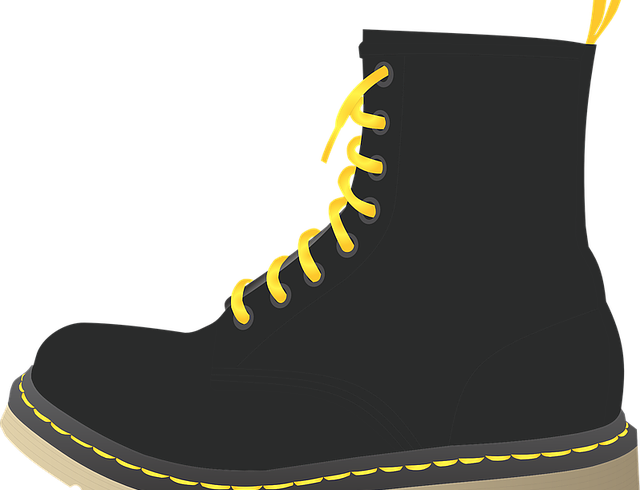
We live in a world where individual personal responsibility is both a privilege and a right – and that’s how we like it in the free world! But it’s also true that on the most hazardous worksites, it’s actually up to the employer to make sure that where your employees are doing your organisation’s critical tasks is up to minimal safety standards, both in terms of the environment around the worker and in the form of PPE – a term we’ve all become very familiar with lately! In this piece, we will be talking about safety boots and what both organisations and workers need to know safety boots required.
Have you heard about ISO 20345:2021?
It’s the new update, replacing the now-defunct equipment standards and requirements for workplace safety footwear for workers whose feet need protection, including electricians, operators of heavy and dangerous machinery, and many others. Also in play, however, are separate government laws and requirements, enforcing minimum standards not just for preventing foot injuries but also for slipping and even correct fit, quality, materials, and more.
There’s a lot to know on top of every organisation and site’s own set of guidelines, but we’re here to help. Depending on your circumstances, you may be required to ensure your workers have adequate protection from a regulatory, practical, and moral perspective in the form of:
Toe protection: This is the big one – including your workers’ big toes! We’re all familiar with steel-toe caps, but there is a range of strengths and materials these days to protect not just the toes but also the metatarsal bones – the bones further up the feet.
Electrical insulation: Those at risk of an electrical shock must wear safety boots rated for electrical hazards. It’s a feature achieved by adding a secondary source of protection that isolates the wearer in the event the shoe is exposed to a live electrical circuit. Another feature protects against the build-up of static electricity by conducting that charge into the ground.
Ankle protection: Did you know that over half of all workplace foot injuries are sprains or dislocations? The vulnerable human feature here is the ankle, which means those safety boots often need specialised protection that stabilises and protects the ankle whilst still allowing normal anatomical movement in a lightweight package.
Temperature protection: Workers’ feet are often exposed to extremes in temperature, including freezing situations well below 0C all the way up to extreme temperatures in the opposite direction up to 300 °C. These outsole protections come at no compromise to comfort thanks to remarkable materials and designs.
Cut/penetration protection: There are a lot of sharp and barbed hazards in the typical commercial and industrial work that sometimes require unique materials or extra steel or composite features that keep those vulnerable and soft feet scratch-free.
Chemical protection: The workplace is often cluttered, busy, and hazardous enough without adding the risk of caustic and acid spillages to the mix. Not to worry: whether it’s water, fuel, or the most destructive liquids and gases, protections like polyurethane midsoles, rubber nitrile outsoles, and even Kevlar aramid fibre threads can make safety boots many times stronger than steel to keep feet safe and sound.
What level of protection do your workers need? Some anti-slip and mid-sole cut and penetration resistance, anti-static and energy absorption qualities, leak and chemical proofing, protection from electric shock – something else? Those standards, laws, and guidelines can be difficult to manage, so check in with our industry experts to ensure both your organisation and your all-important workers have the protection we all need and deserve. Safety boots are required.



